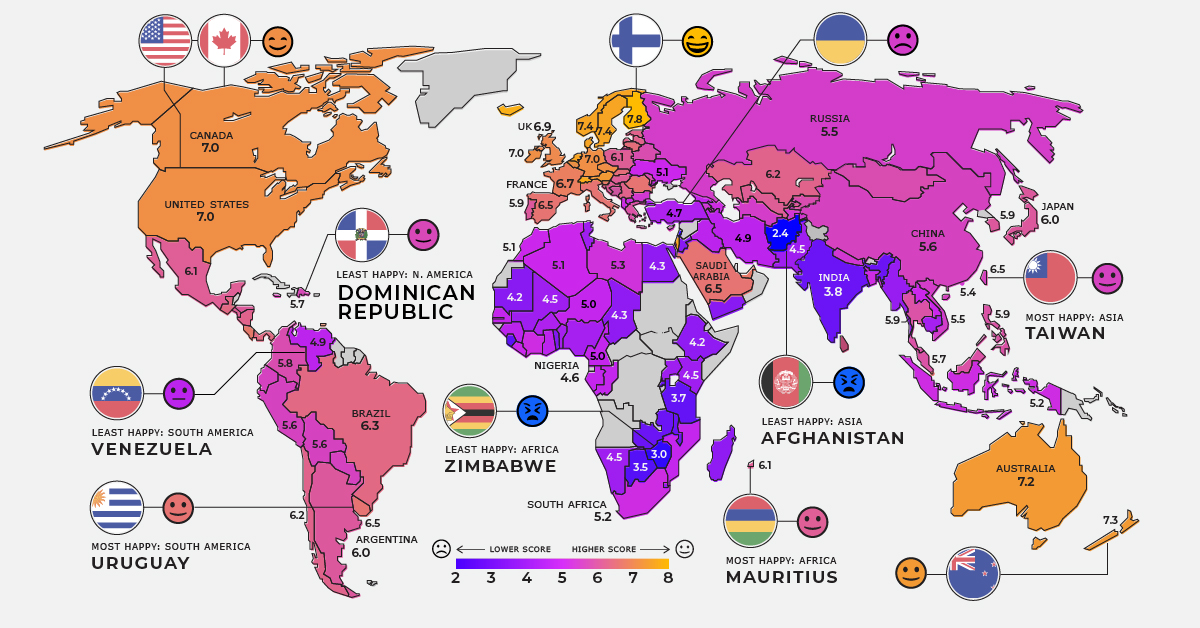
(quote)
Children aren’t reading for pleasure according to new research
The National Literacy Trust’s annual literacy survey 2025 reveals that one in three children and young people do not enjoy reading, with only 35% of eight to 18-year-olds stating that they enjoy reading in their spare time. This is the lowest figure recorded since 2005 when the National Literacy Trust started to gather this data. This report reveals that children and young people’s enjoyment of reading is now at a crisis point.
Children’s reading rates plummet to lowest since records began, National Literacy Trust data shows
According to new research published today by the National Literacy Trust (NLT), children and young people’s enjoyment of reading has fallen to the lowest level in almost two decades over the past year.
A survey of more than 76,000 UK children and young people revealed that only one in three (35%) eight to 18-year-olds say they enjoy reading in their free time. This is the lowest level recorded by the charity since it first started surveying children about their reading 19 years ago, and is a percentage point drop of around 9% in the past 12 months alone (43%).
“The research revealed that when children and young people enjoy reading in their free time, their reading skills, aptitude for learning, wellbeing, empathy and confidence benefit.” The data showed that twice as many children and young people who enjoy reading in their free time have above average reading skills than children who don’t enjoy it (34% versus 16%).
Jonathan Douglas, chief executive of the National Literacy Trust, said: “With children and young people’s enjoyment of reading at an all-time low, and high numbers leaving primary and secondary school without the reading skills they need to thrive, the futures of a generation are being put at risk.
There’s really no argument for letting kids have the greatest distraction device ever invented in their pockets during school hours. If they have the phones, they will be texting during class, and they will be focused on their phones. If they don’t have phones, they will listen to their teachers and spend time with other kids. More independence, free play and responsibility in the real world. We need to roll back the phone-based childhood and restore the play-based childhood.
Screen Time Up as Reading Scores Drop. Is There a Link?
American students have never had more access to digital devices for reading in and out of school. Now emerging research and troubling results on the test dubbed the Nation’s Report Card raise questions about what effect all this digital access could have on students’ longterm reading skills.
A little more than 1 in 3 American students read proficiently in grades 4 or 8, according to the 2019 National Assessment of Educational Progress, released at the end of last month. Reading scores in both grades declined significantly across states, races, and income levels, in public and private schools.
Students have actually lost ground since 2017 on both of the NAEP’s main reading content areas: literary experience, such as fiction analysis, and reading for information, such as finding evidence to support an argument. Both grades declined significantly in both areas from 2017 to 2019, but the drop was larger for literary skills. In fact, 8th graders perform worse now than they did in 2009 in literary experience.
“I really think it’s important to just take a look at that and say, well, maybe it’s more something in the culture rather than specific policies,” said Nat Malkus, the deputy director of education policy studies at the American Enterprise Institute, noting that states’ demographic and policy changes in education do not explain the widescale declines. “My suspicion rides on the ubiquity of screens and our attempts to make those useful in educating kids, and the concomitant increase in their use outside of school,” Malkus said. “It could just be that actually technology is not the answer for education, but that it’s sort of the enemy … wearing down the attention span that it takes to develop a sense of reading for pleasure.”
The nonprofit Common Sense Media’s annual census of children’s media use, released the same week as the NAEP, found that 94 percent of English/language arts teachers surveyed said they used digital programs for core curriculum activities several times a month. And 8- to 12-year-olds—the age group that includes grade 4—spend on average five hours a day outside of schoolwork on screens. The report also found that fewer children were developing a habit of reading, with only 38 percent of students reporting they enjoyed reading “a lot”—down from 41 percent in 2015.
The concerns come amid a broader debate over children’s increasing screen time, from television and video games to online and mobile devices. In the journal JAMA Pediatrics, a new analysis of 58 studies covering more than 480,000 children and teenagers found more television, video game, and leisure internet time were linked to lower performance in reading and math, though screen time across the board did not hurt students’ academics.
According to background information collected with the NAEP, more than 9 in 10 U.S. students in grades 4 and 8 have access to a computer, tablet, or smartphone for reading at home. The vast majority have more than one…twice as many heavy digital users as light users scoring below basic on the NAEP, and nearly twice as many light digital users scoring at NAEP’s advanced proficiency level.
students at all ages tend to favor reading in print more than online, and report growing tired more quickly when reading digitally, which some studies have credited to increased eyestrain from reading smaller or backlit text. But the biggest difference between digital and print reading seems to come from digital interactivity. Including hyperlinks, videos, and other interactive elements encourages students to jump around on the story and among texts on different pages, rather than reading linearly.
“Here’s what we do know about reading: You read better when you read in print, meaning you remember more of what you read, you understand it deeper. … We keep trying to understand why, because in study after study, this is happening,” Alexander said.
(unquote)
Image courtesy National Assessment of Educational Progress






